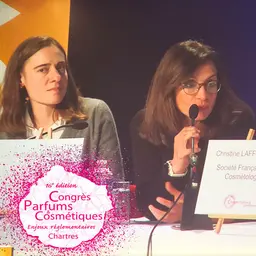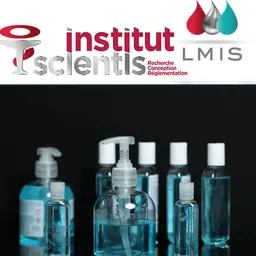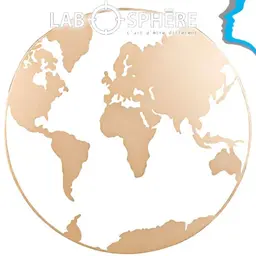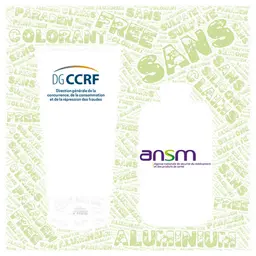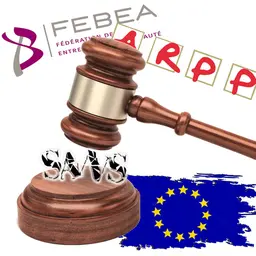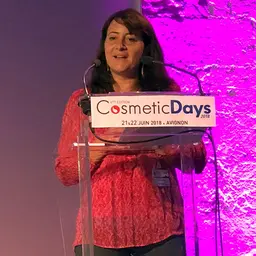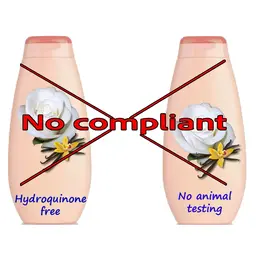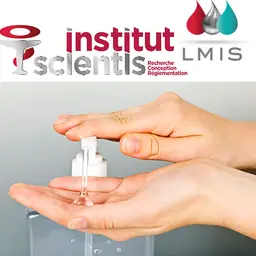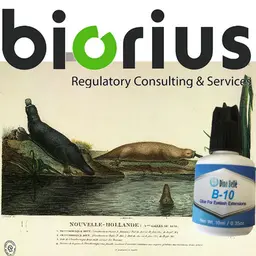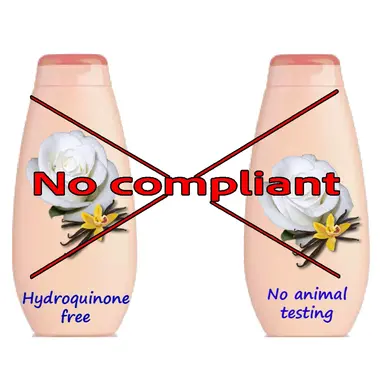
Claims include all texts, images, or symbols used by brands to present the characteristics of a cosmetic product. They are a real advertising and communication tool for the consumer. However, manufacturers cannot claim what they want: cosmetic claims are regulated by a European Regulation (No.655/2013). A brief reminder of the rules in force.
Since July 10, 2013, Regulation 655/2013 establishes six common criteria that cosmetic claims must meet in order to be used.
The aim: “To ensure a high level of protection for end-users, in particular against misleading claims relating to cosmetic products.”
The six common criteria
Legal compliance
The text
1. Claims that indicate that the product has been authorised or approved by a competent authority within the Union shall not be allowed.
2. The acceptability of a claim shall be based on the perception of the average end user of a cosmetic product, who is reasonably well-informed and reasonably observant and circumspect, taking into account social, cultural and linguistic factors in the market in question.
3. Claims which convey the idea that a product has a specific benefit when this benefit is mere compliance with minimum legal requirements shall not be allowed.
The explanation
It is very clear, no one can claim to respect the law!
Thus, a cosmetic claim that indicates that it does not contain an ingredient (e.g. Hydroquinone skin lightening active ingredient) when it is prohibited by the Cosmetic Regulation, is not in compliance.
Nor can a brand claim to comply with a provision established by the Regulation, such as not using animal testing (editor’s note: banned since 2013 for ingredients and finished products). This claim is therefore now illegal, even if it is still often seen on cosmetic product labels!
Truthfulness
The text
1. If it is claimed on the product that it contains a specific ingredient, the ingredient shall be deliberately present.
2. Ingredient claims referring to the properties of a specific ingredient shall not imply that the finished product has the same properties when it does not.
3. Marketing communications shall not imply that expressions of opinions are verified claims unless the opinion reflects verifiable evidence.
The explanation
To be clear, an allegation must not be misleading! Obviously, the claim “Silicon-free” must not be present if the product contains silicones, since it is clearly false.
And it goes even further, since, if a claim mentions the benefits of aloe vera, and claims to “contain hydrating aloe vera”, this ingredient must appear on the INCI list, in a concentration high enough for the finished product to also have truly hydrating properties…
Evidential support
The text
1.Claims for cosmetic products, whether explicit or implicit, shall be supported by adequate and verifiable evidence regardless of the types of evidential support used to substantiate them, including where appropriate expert assessments.
2. Evidence for claim substantiation shall take into account state of the art practices.
3. Where studies are being used as evidence, they shall be relevant to the product and to the benefit claimed, shall follow well-designed, well-conducted methodologies (valid, reliable and reproducible) and shall respect ethical considerations.
4. The level of evidence or substantiation shall be consistent with the type of claim being made, in particular for claims where lack of efficacy may cause a safety problem.
5. Statements of clear exaggeration which are not to be taken literally by the average end user (hyperbole) or statements of an abstract nature shall not require substantiation.
6. A claim extrapolating (explicitly or implicitly) ingredient properties to the finished product shall be supported by adequate and verifiable evidence, such as by demonstrating the presence of the ingredient at an effective concentration.
7.Assessment of the acceptability of a claim shall be based on the weight of evidence of all studies, data and information available depending on the nature of the claim and the prevailing general knowledge the end users.
The explanation
“Moisturizing”, “anti-redness”, “anti-wrinkle” or “reduces the orange peel effect” are just some of the messages that can be found on beauty product packaging.
But in order to have the right to claim such actions, the manufacturer must be able to prove them.
The legislation in force provides that each cosmetic must be accompanied by a Product Information File (PIF). It is precisely in this PIF that all the tests that justify the action of the cosmetic must be included.
In short, you can’t say what you want without having the opportunity to prove it!
With a few exceptions, however: thus, the claim “This scent gives you wings” is allowed, since it is hyperbolic: that is, so exaggerated that no one can take it literally, and expects to see wings really grow.
Honesty
The text
1. Presentations of a product’s performance shall not go beyond the available supporting evidence.
2. Claims shall not attribute to the product concerned specific (i.e. unique) characteristics if similar products possess the same characteristics.
3. If the action of a product is linked to specific conditions, such as use in association with other products, this shall be clearly stated.
The explanation
The purpose of this criteria is to prevent manufacturers from exaggerating the effects of their products and thus misleading consumers who could expect more than the products can give.
The typical example is the “Photoshop” claim: efficacy claims should not be based on electronically manipulated “before/after” images if what is presented is misleading with regard to product performance.
Fairness
The text
1. Claims for cosmetic products shall be objective and shall not denigrate the competitors, nor shall they denigrate ingredients legally used. 2. Claims for cosmetic products shall not create confusion with the product of a competitor.
The explanation
This criteria clearly targets unfair competition: if an ingredient is allowed by regulations (parabens, for example), and legally used by a brand, its competitor who claims “Paraben-free” denigrates the products containing it.
And if this is not already clear enough, additional texts to the Regulation on the Common Criteria will, from July 2019, provide an even stricter framework for “Free-fom…” claims (paraben-free, phenoxyethanol-free, preservative-free…). As a result, the majority of them will, in fact, be banned.
Informed decision-making
The text
1. Claims shall be clear and understandable to the average end user. 2. Claims are an integral part of products and shall contain information allowing the average end user to make an informed choice.
3. Marketing communications shall take into account the capacity of the target audience (population of relevant Member States or segments of the population, e.g. end users of different age and gender) to comprehend the communication. Marketing communications shall be clear, precise, relevant and understandable by the target audience.
The explanation
Claims must be written in a clear and concise manner so that consumers can easily understand them. There is no question of using a scientific vocabulary that is not widely available, and even some very precise terms, such as “Hypoallergenic”, which are poorly understood in the countries of northern Europe.
It is also this criterion that explains why certain “Free-from…” claims will continue to be allowed, such as “Alcohol-free” for mouthwashes for the whole family, “Acetone-free” for solvents and nail products, and “No animal derivatives” for products for Vegans.
These Common Criteria have been designed and implemented to ensure consumer protection. However, they do not always prevent the presence on the market of clearly misleading claims… The industry, in its current concern for transparency to regain the lost trust of its consumers, has undertaken lobbying work to ensure that these rules are respected by all manufacturers. But in the end, it is always up to consumers to be vigilant, so that they do not let themselves be deceived and make their choice… with all the informations they need!

